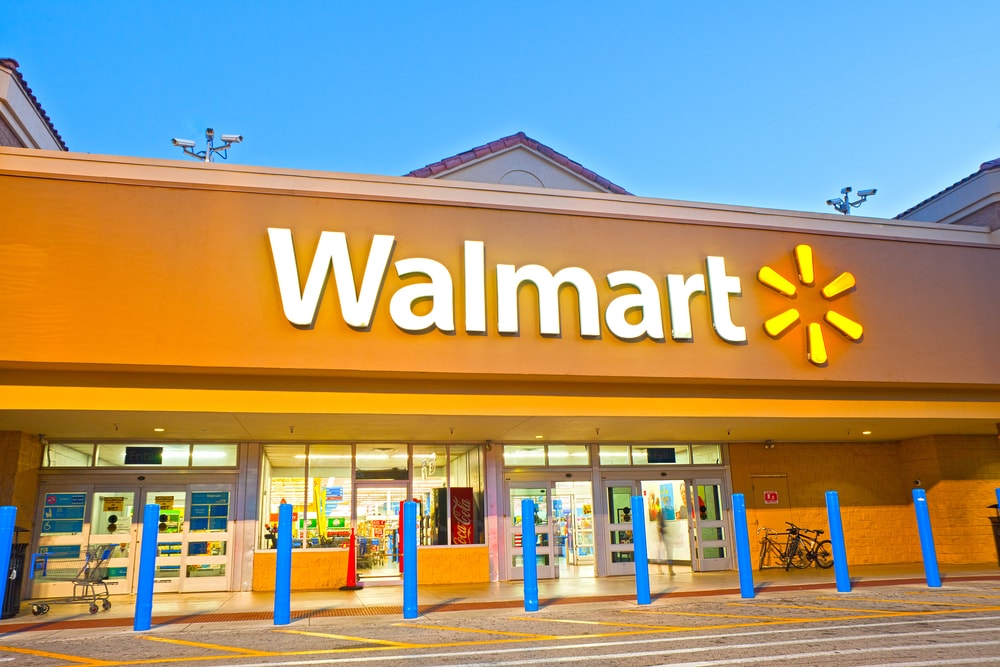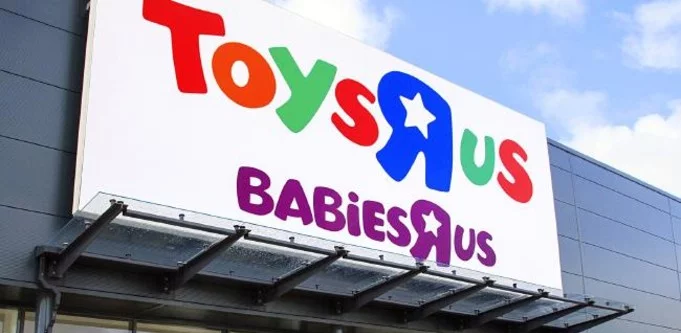Why 7-Eleven is Australia’s second largest private company
The ever-rising urban population across the world is fuelling growth in the number of high-price, low-volume convenience stores.
The UN estimates that 36 million people a year leave the countryside to move to the cities of our planet. That’s an Australia and a half every 12 months moving to cities.
As they are new arrivals in our cities, they are mostly time poor. Between looking for work, working, commuting to and from work, and spending time with or building a family, there is very little time to shop.
The population of regional and rural Australia is shrinking as that of the nation rises to almost 23.5 million, with more of us than ever are squeezing into our cities. Urban sprawl is lengthening journey times by car, train, bus or tram. This has forced change in our shopping habits, especially in shopping for necessities.
Investment in public transport infrastructure is creating hubs in which to shop conveniently on journeys to and from work. So now we shop within 500m of where we work – before or after work or during our work breaks.
Our ‘big’ food and household shops are on an evening close to the weekend, or at the weekend. And we’re happy to ‘pay’ for that very productive use of our convenient time shopping, even though, on our ‘big’ shops we are price conscious and looking for low prices on all our grocery and health/wellbeing products.
So, in all parts of the world, we’re seeing growth in the number of high price, low-volume convenience stores. Even in countries such as India and China, where the number of small-format, independently-owned ‘corner’ stores is declining, we’re seeing growth in corporately-owned or franchised convenience stores.
However, these aren’t new. The first retail ‘convenience’ store that we can still recognise today was opened in Dallas, Texas in 1927 as the Southland Ice Company. We now know it as the 7-Eleven chain. In Australia, it wasn’t for another 50 years that 7-Eleven would open in the Melbourne suburb of Oakleigh, in 1977. Today, with more than 600 stores in Australia, it is the second largest private company in this country – and serves six customers per second
Probably the world’s fastest growing national convenience store chain is in Mexico – a country almost diametrically different to Australia in terms of population and geography overlap. In Australia, 80 per cent of us live in a few big cities, clinging to a beautiful coast line. In Mexico, 150,000 small towns are scattered around the country and in three of these towns the convenience store chain Oxxo opens a new store each day. That’s a total of 9,000-plus Oxxo stores in Mexico – and growing.
However, globally the biggie remains 7-Eleven, with 55,000 stores under its banner and growing by six stores a day.
Yet convenience shopping isn’t just food shopping. Increasingly it’s about pharmacy, alcohol, secure cash withdrawal or transfer via ATM, lottery tickets and now fresh fruit.
Petrol is just a reason to shop for food and drink, with no pure service stations of any note left anywhere in the world. In fact, in many parts of the world, shoppers aged under 30 don’t even associate major oil company brands with oil products. In exit interviews, most 14- to 25-year old Australians would probably say that Caltex and its Star shines above a convenience store.
It’s not just the big corporate brands that are growing in this sector. In Australia, among the 5,700 stores termed ‘convenient’, all of around 300sqm, EzyMart has grown fast to 185 stores since 2002, and City Convenience continues its 15-year growth trend.
So what’s in store (forgive the pun) for the Australian convenience sector? Well, more growth.
In the US, there are 151,000 convenience stores. Five per cent of total US GDP flows through convenience stores each year. The UK has more than 47,000 convenience stores, with 17,000 multi-chain franchises such as SPAR. However, 18,000 of the 47,000 are privately owned independent stores, with their total store numbers up 13 per cent and sales revenue up 5.2 per cent year on year. The growth in small independents has been the result of investment by their owner operators in technology, choice, format and service, which has slowed their decline in numbers.
In Australia, we have around 6,000 convenience stores. In terms of shoppers per store, we very urban Australians have one store per 3,800 shoppers, compared with one store for every 2,000 US shoppers and one store for every 1,300 UK shoppers. This means we still have considerable headroom for growth in store numbers.
Looking ahead, among the developments our P&C industry will see and experience over the coming 36 months are:
- Time-of-day pricing.
- Bigger store footprints.
- Fresh food.
- Prepared meals.
- Category creep.
- Convenience into pharmacy.
- Pharmacy into convenience.
The key game changer, though, will be in the sudden shift from pure retail to omnichannel retail – not because our humble convenience store is going to become an online giant, but because our pure online giants are going to become omnichannel retailers. Our ‘corner’ convenience stores will become online collection hubs – soon.
Scott Galloway is a professor at leading US business school NYU, Stern in New York. He has a reputation for being hugely entertaining and a retail trend spotter, and predicts that Amazon will soon enter the convenience sector, building a full retail distribution brand and store network with one big EFT payment for a major service station chain across the US – or several. Closer to home, the recent agreement between eBay and Woolworths to provide online collection of goods in stores could be the beginning of this trend here.
Kevin Moore has worked in the marketing field for more than 25 years, managing businesses in over 40 countries. He currently serves as Chairman of Now Comms Group, an integrated marketing agency based in Surry Hills where he pursues his passion of engaging and inspiring the shopper.
Related Posts
Categories
- Content (5)
- Customer Service (2)
- Design (4)
- Development (8)
- Digital Marketing (17)
- Ecommerce (23)
- Martech (16)
- Shopify (2)
- Strategy (22)
- Websites (15)




